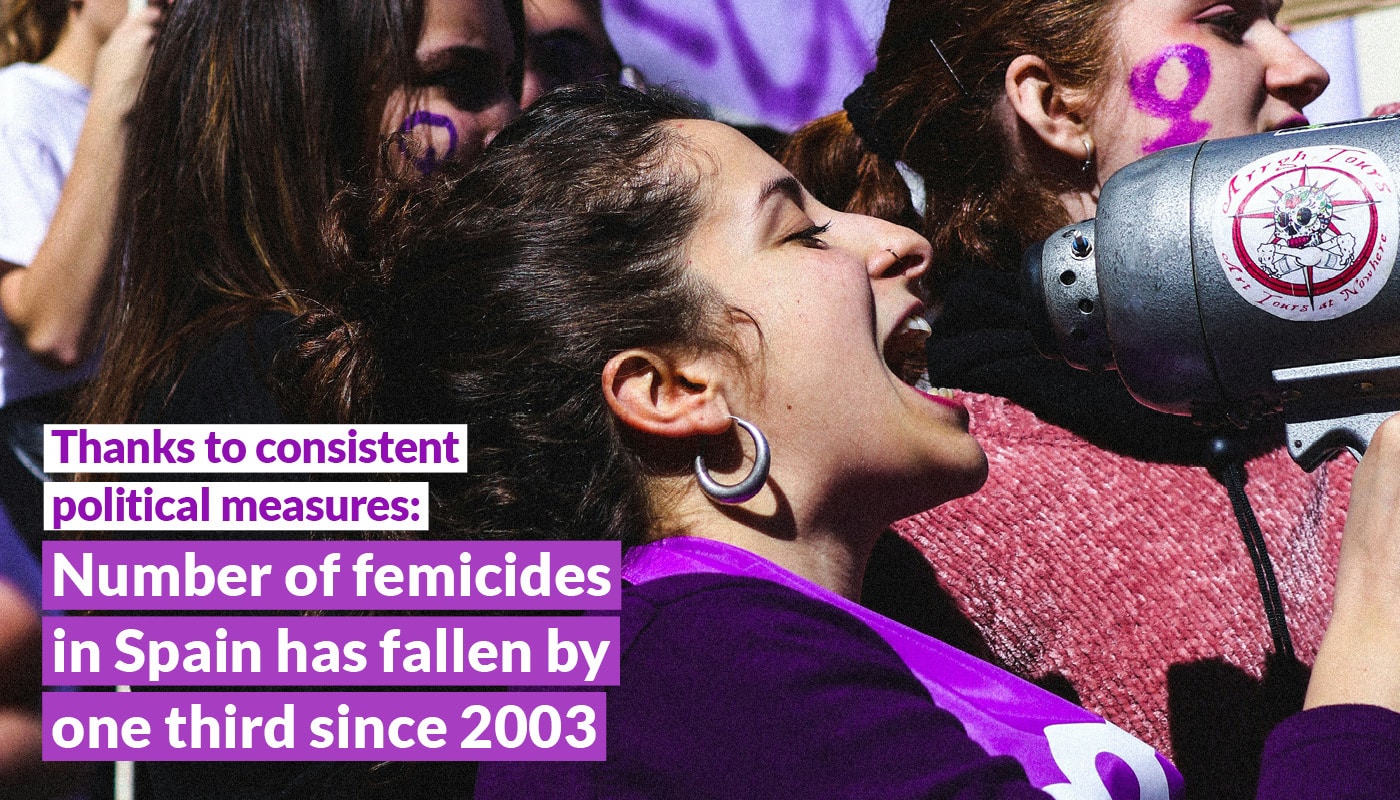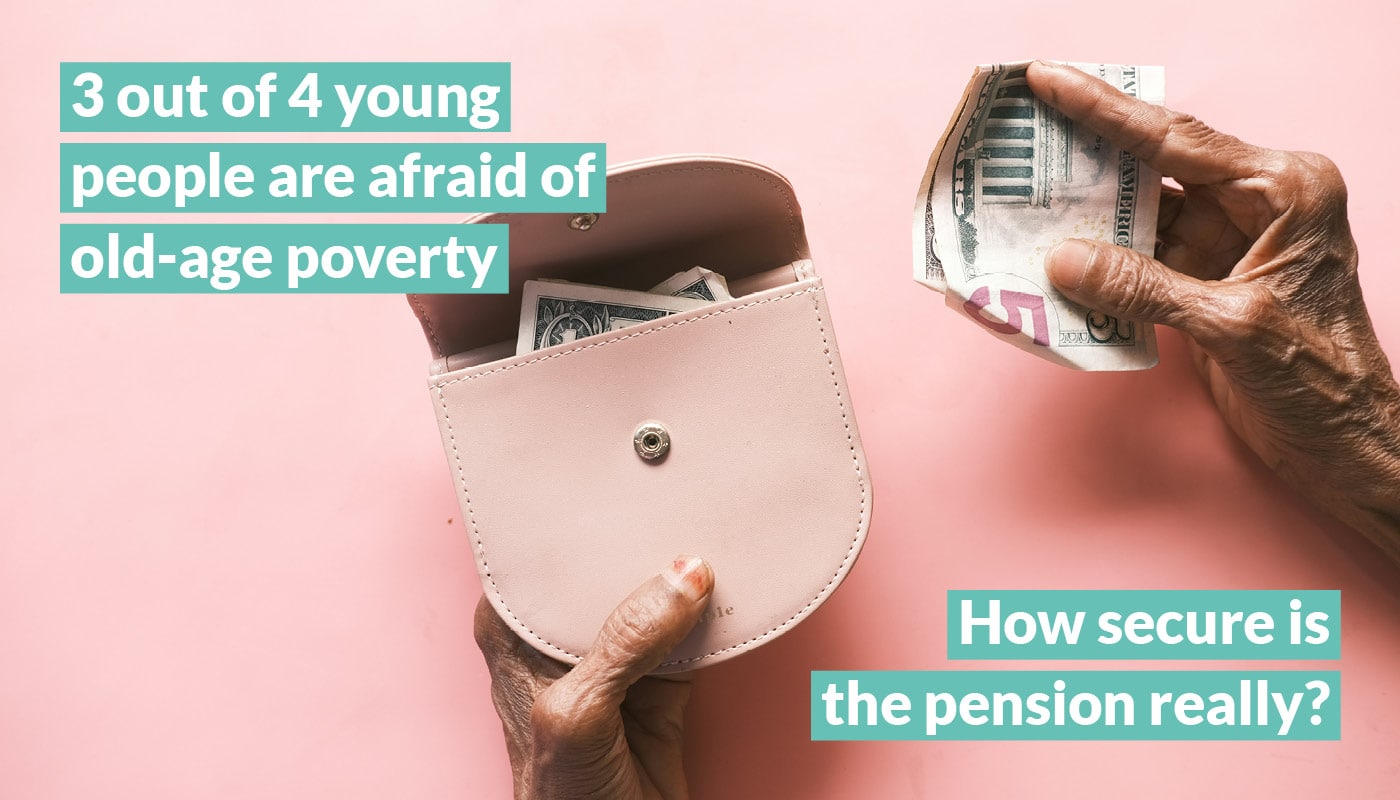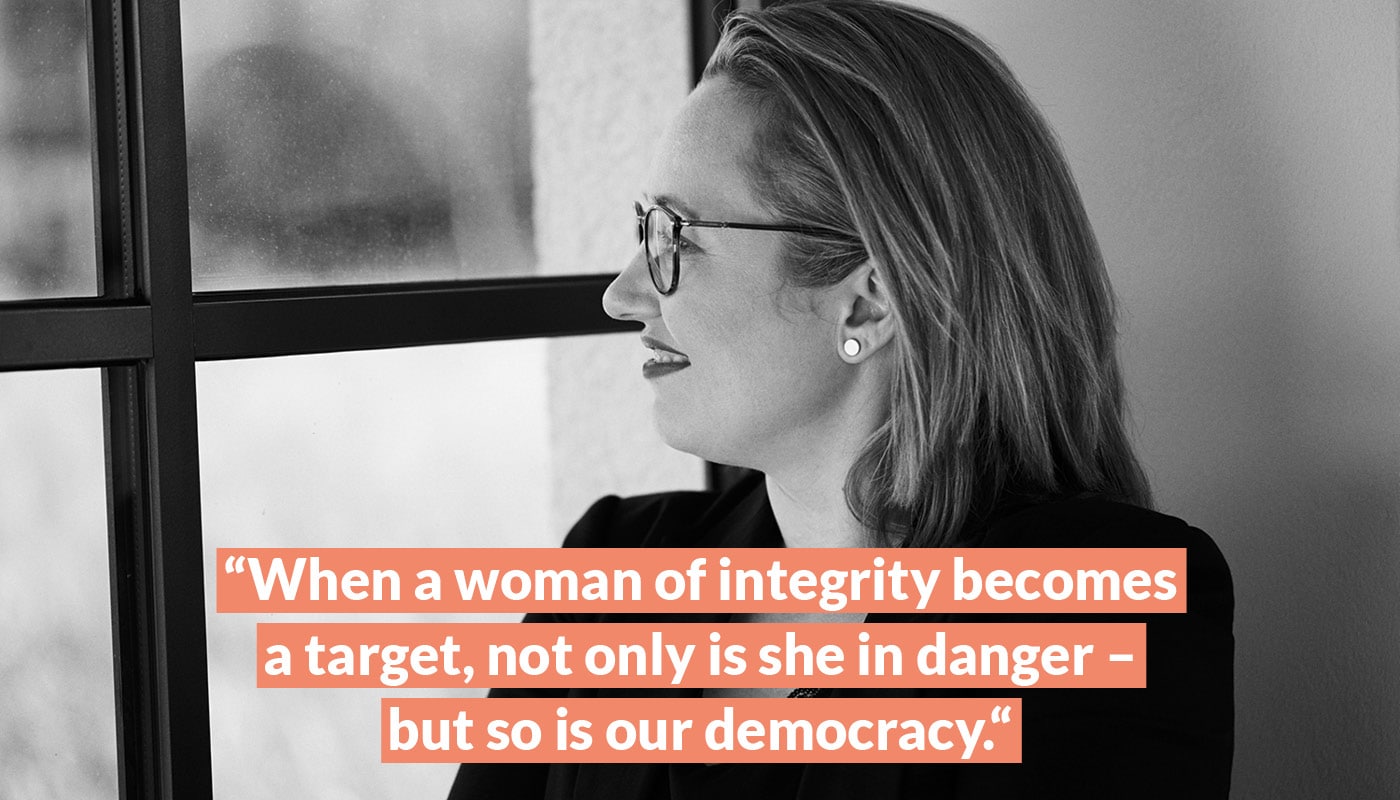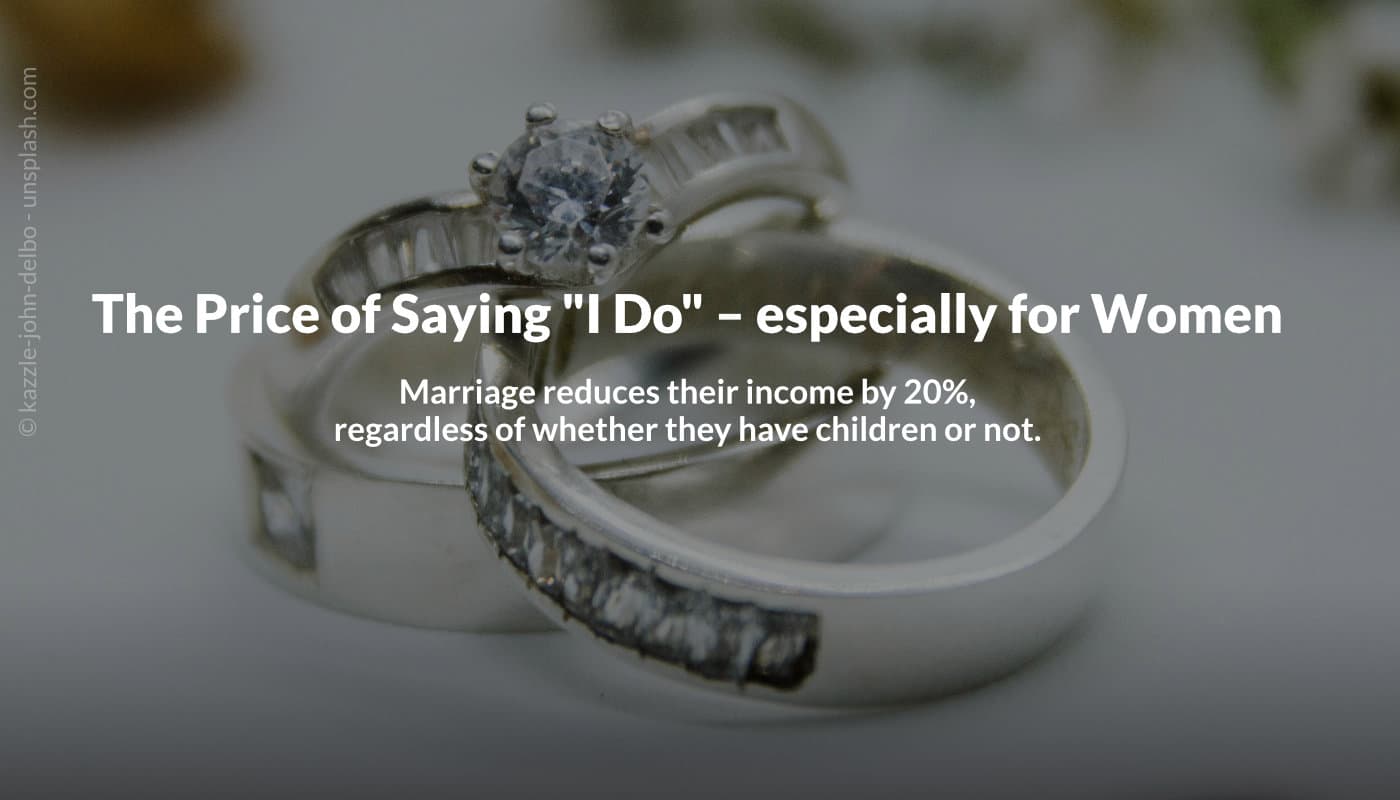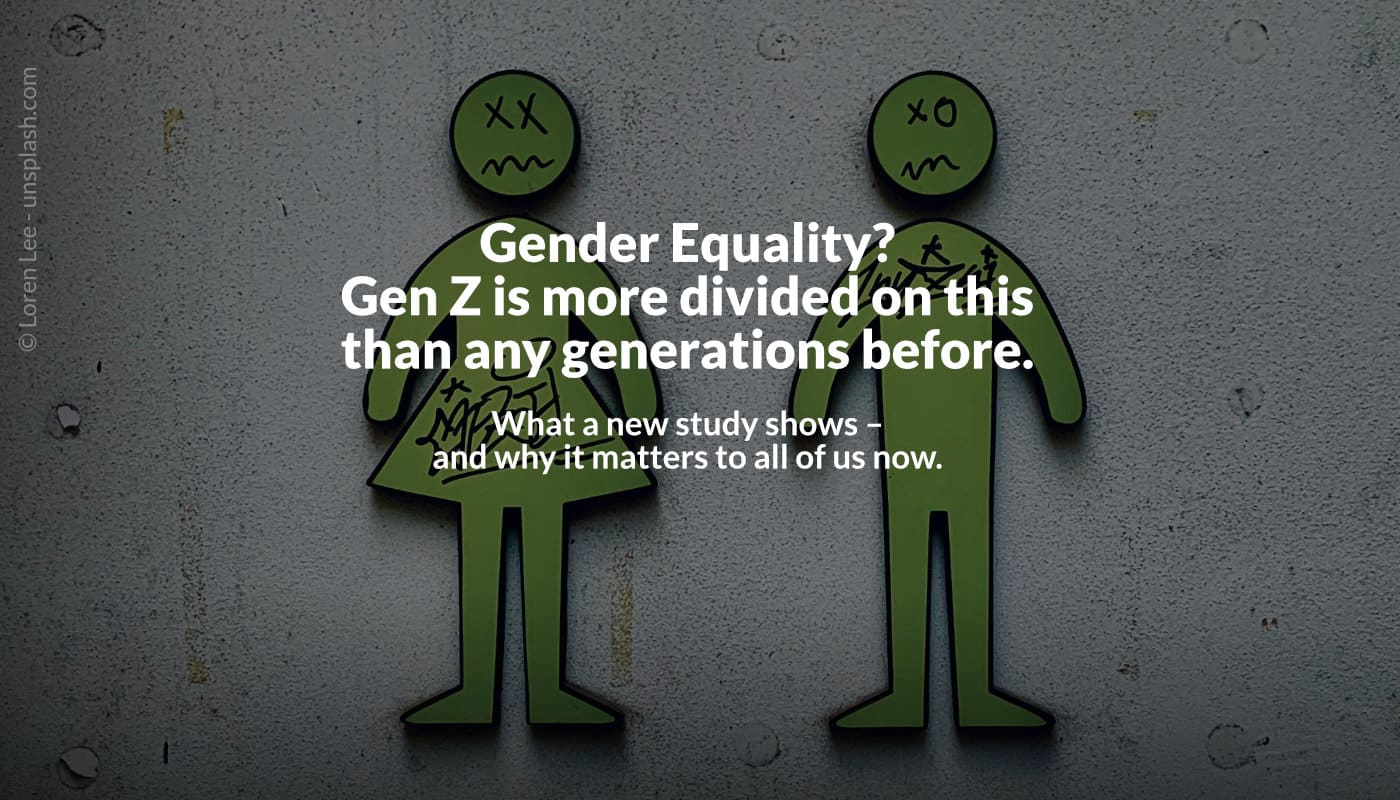Protection from Violence: Learning from Spain
In Spain, the number of femicides has dropped by around one-third since 2003.
After a series of violent crimes against women made headlines around the turn of the millennium, Spanish women took to the streets — and achieved significant changes: tougher penalties, special courts, and support services for victims. These crimes are now prominently reported and publicly discussed. Combating violence against women is seen as a shared societal responsibility that transcends party lines.
However, “the number of recorded sexual offenses has been rising for years. It’s unclear whether more women are experiencing sexual violence or whether the dark figure is decreasing,” reports Deutschlandradio. “Spain’s Interior Ministry explains that the rise in reported cases is also due to more people no longer tolerating such crimes and being more willing to report perpetrators.”
What measures has the Spanish government introduced? Among others:
▶️ The “Spanish ankle monitor” for potential offenders — to protect women threatened by their ex-partners. It has been used in over 13,000 high-risk cases — and not a single woman protected by it has been killed.
▶️ The “Solo sí es sí” law (“Only yes means yes”): Sex is considered consensual only with explicit mutual agreement. Otherwise, it is classified as rape — punishable by up to 15 years in prison.
▶️ The VioGén database tracks offenders, victims, and reports. Police, judiciary, prosecutors, prisons, and social services all contribute data. This allows for detailed risk analyses.
And in Germany?
Here, the number of femicides has not decreased. In 2023, it was nearly three times higher than the previous year — on average, almost one woman was murdered every day. In most cases, the perpetrator is her (ex-)partner. Media coverage often trivializes the crimes with terms like “family tragedy” or “relationship drama.”
When it comes to domestic violence that doesn’t result in murder, only the so-called “visible crimes” are reflected in crime statistics. Reporting rates remain low, meaning the “dark figure” — unreported cases — is large. According to 2024 statistics from the German State Criminal Police Offices (LKA), there were 266,000 victims of domestic violence (two-thirds of them women). That’s an increase of about 4% compared to the previous year, likely — as in Spain — also due to increased willingness to report such crimes.
The use of ankle monitors for offenders is now being discussed in Germany as well: They are already in use in Hesse and Saxony, and the federal government is planning a national regulation.
Spain shows us what’s possible!
But without grassroots pressure, nothing changes. At the herCAREER Expo in October, we will address violence against women* — and, more importantly, explore strategies and solutions in politics and society to create greater safety for ALL people in the country!

Posted by Natascha Hoffner, Founder & CEO of herCAREER | Recipient of the FTAfelicitas Award from Femtec.Alumnae e.V. | LinkedIn Top Voice 2020 | Editor of the “Women of the Year” books published by Callwey Verlag
published on LinkedIn on 18.06.2025
References:
